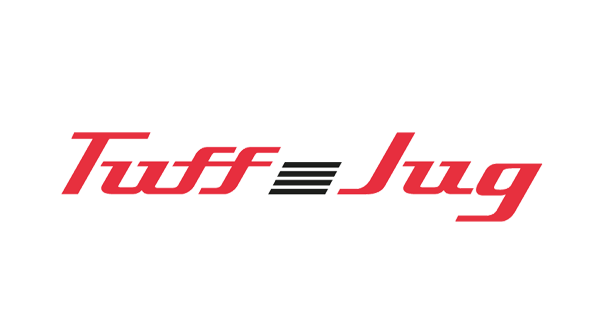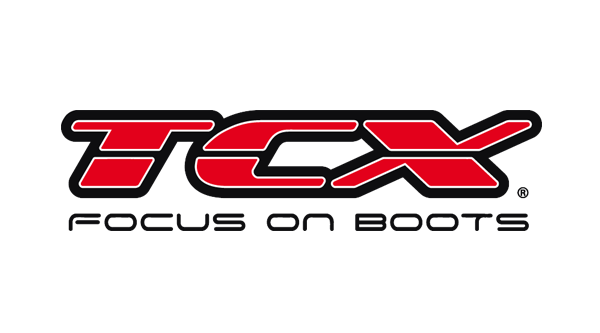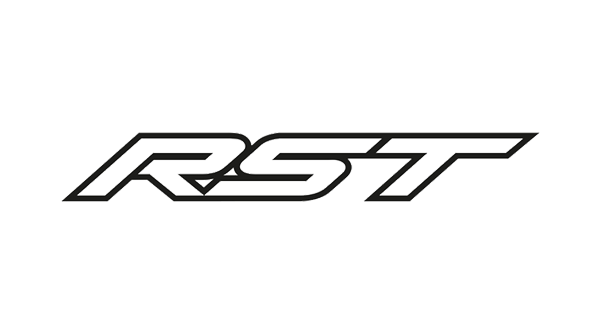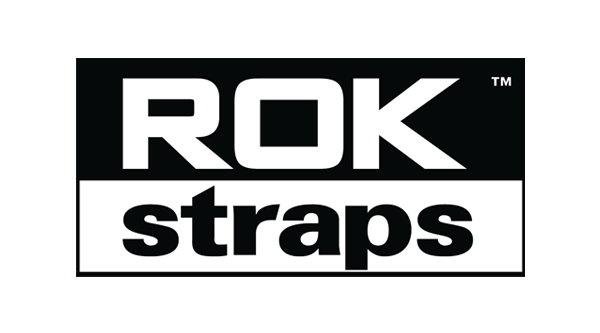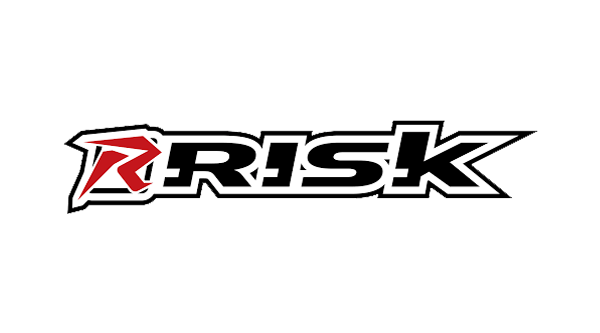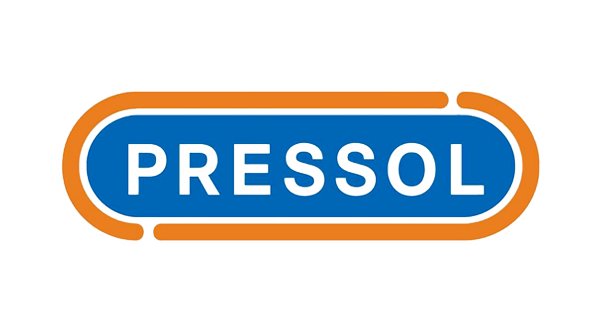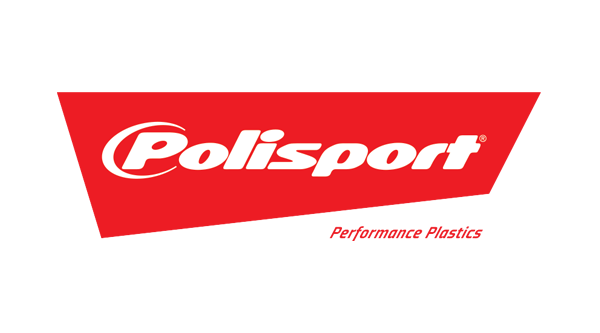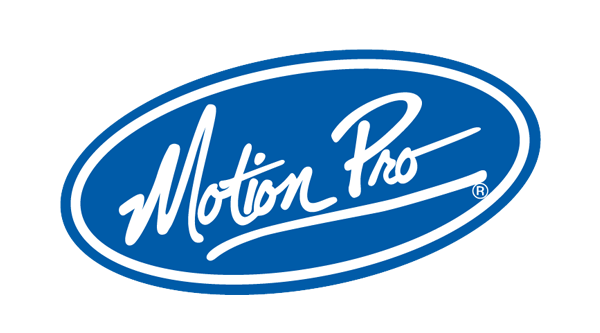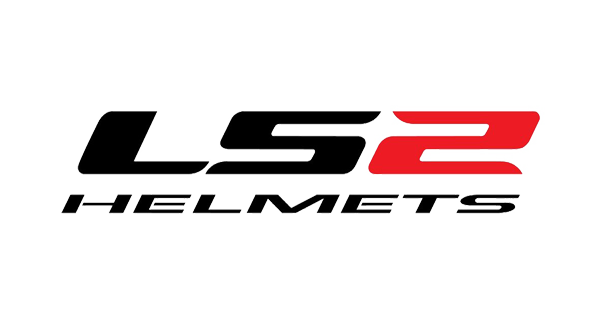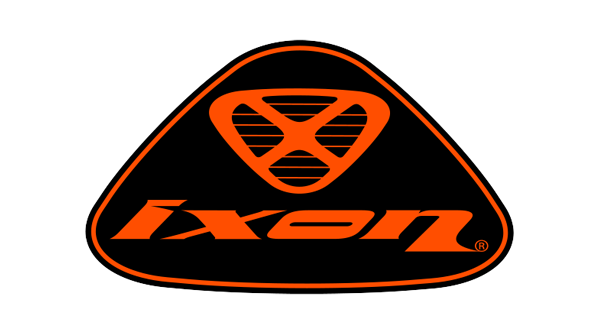ECE helmet tests - Explained
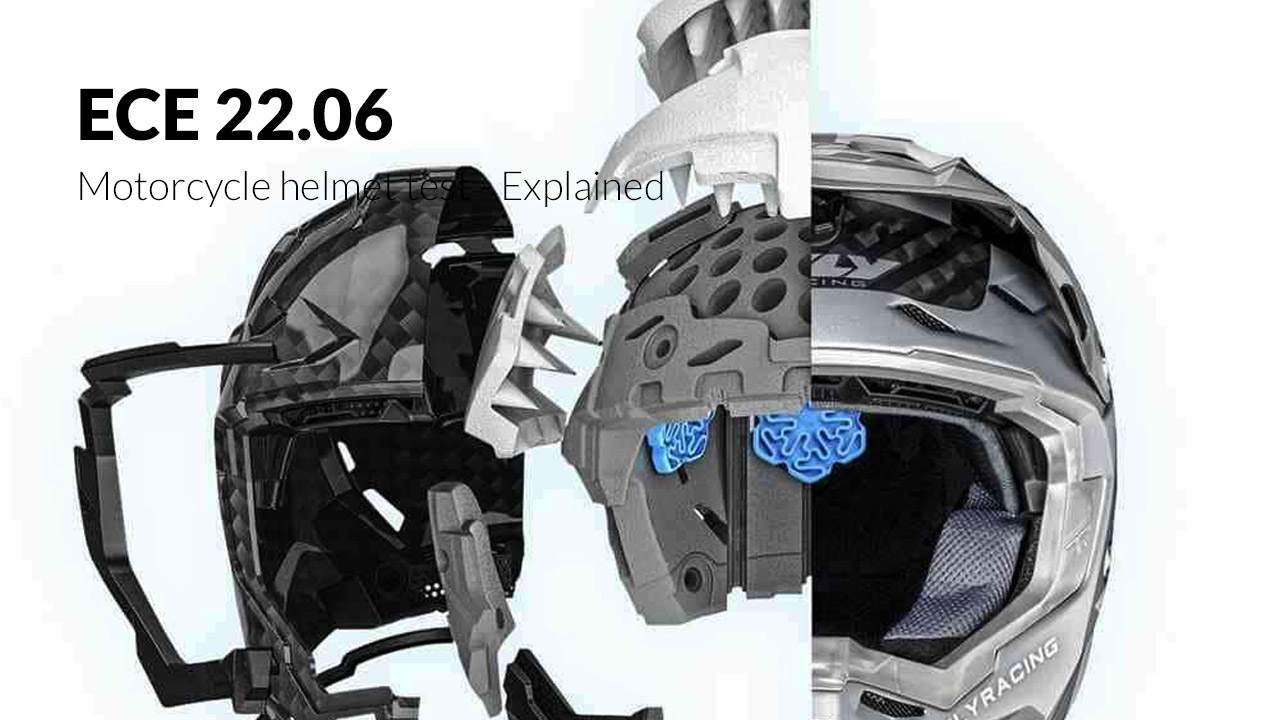
The Economic Commission for Europe (ECE) 22.05 is a European testing method that is widely used around the world to evaluate the performance of motorcycle helmets safety. The ECE 22.05 standard includes a series of tests designed to ensure that the helmet can withstand impact, penetration, and retention.
The ECE 22.05 impact test involves dropping the helmet from a height of approximately three feet onto an anvil surface. The helmet is dropped in several different orientations, including directly onto the crown, onto the front and rear edges, and onto the side. The helmet’s ability to absorb and dissipate impact energy is evaluated based on the acceleration and velocity of the helmet during the impact.
The ECE 22.05 penetration test involves shooting a pointed projectile at the helmet from a distance of approximately 10 feet. The helmet’s ability to resist penetration by the projectile is evaluated based on the depth of penetration and the amount of force required to penetrate the helmet.
The ECE 22.05 retention test involves pulling on the helmet in different directions to ensure that it remains securely on the head. The helmet’s retention system, including the chin strap and other fasteners, must be able to withstand a specified amount of force without breaking or releasing.
In addition to these tests, the ECE 22.05 standard also includes requirements for the fit and stability of the helmet, as well as the ability of the helmet to reduce noise levels.
The ECE 22.06 standard is an updated version of the ECE 22.05 standard. It includes more stringent requirements for helmet performance and safety, including additional impact and penetration tests and requirements for the helmet’s fit and stability. The ECE 22.06 standard also includes new requirements for the materials used in the construction of the helmet, as well as the labeling and instructions provided with the helmet.
Overall, the ECE 22.06 standard is more stringent and comprehensive than the ECE 22.05 standard. It includes additional impact and penetration tests, as well as more stringent requirements for fit and stability and new requirements for materials and labeling. As a result, helmets performance that meets the ECE 22.06 standard is likely to provide better protection in the event of a crash.


